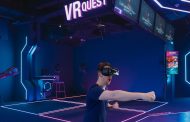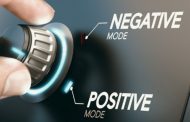Content curation is nothing new and has always been a coveted skill
However, in the past, content curation might have been limited to books, posters, concrete materials, guest speakers, etc. However, as of now, we are in a world of information overload.
So, to help you hone your digital content curation skills, we decided to list some tips.
Specify
When you begin a journey, it is essential to specify the desired destination. So, is the case when looking for information. Learners should at first find answers to these key questions:
What kinds of questions am I trying to answer?
What rubric should I use to define a successful curation?
To answer these, they should first draft specific research questions related to their investigation topics or generate hypotheses central to their area of investigation. Answering these will guide their further research.
At the same time, they should answer the following key questions:
What type of information is being sought?
Which subscriptions to academic databases available?
Besides these, learner-scholars need to be fully aware of the search tools available in their academic disciplines. To facilitate this, educators could, for example, ask learners to submit initial listings of those resources collected from a variety of search databases (e.g., Google Scholar, WorldWideScience, ResearchGate). This beginning step would illustrate similarities and inconsistencies between the selection and rankings represented by search tools in response to common query terms.
Curation
Generally, learners forget about the research sources they used once the class is done. However, learners should be encouraged to become “intellectual hoarders” by preserving the sources stacked in a format that can be utilized at a later date. As digital curators and consumers, there will be an ongoing struggle to determine which content should be saved or discarded immediately after use. These decisions are subject to considerations about the access and the capacity of storage options.
Stewarding information is more than storing them as files on the computer device or the cloud. It could be a Microsoft Word document set up as an annotated bibliography of sources the learner has used. This allows the learner to survey those sources later to see what could benefit them in research.
Concluding thoughts
If you want your learners to master digital content curation skills, then consider guiding your learners through the process of digital content curation as a way of helping them learn and practice these disciplines. Knowing how to accomplish a task will serve them well throughout their personal and professional lives, at present and in the future.








